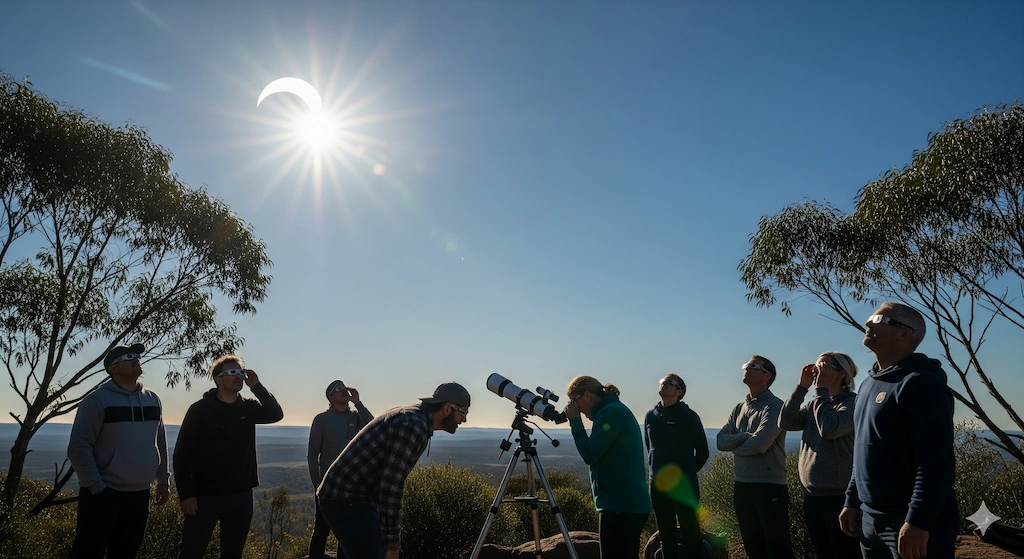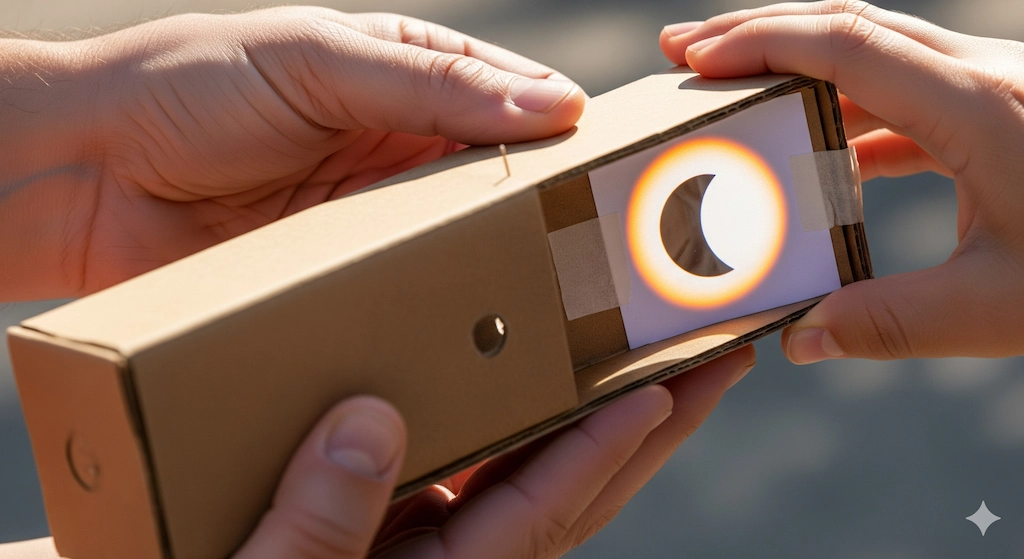GloNews10

On September 21, 2025, the skies over the Southern Hemisphere will host a breathtaking celestial show: the Partial Solar Eclipse 2025. During this rare event, the Moon moves between the Sun and Earth, partially obscuring our star. While it’s not a total eclipse, the September 21 Solar Eclipse offers a unique chance for sky-watchers and scientists to witness the precise alignment of cosmic bodies.
A Partial Solar Eclipse 2025 happens when the Moon’s shadow, called the penumbra, falls on only part of the Earth’s surface. To observers, it looks as if a “bite” has been taken out of the Sun, creating a crescent-like appearance. Unlike total eclipses, daylight largely remains, making the phenomenon both subtle and striking.
The amount of Sun coverage depends on location. Areas closer to the totality path will see a larger portion of the Sun obscured. This dynamic makes the September 21 Solar Eclipse exciting for astronomers, photographers, and casual sky-gazers alike. Even small obscurations provide dramatic visual effects and opportunities for scientific observation.

The Southern Hemisphere eclipse will be most visible across Antarctica, southern Australia, Tasmania, and New Zealand. The Moon’s penumbral shadow first touches Earth over the southern Indian Ocean, sweeps east across the Southern Ocean, reaches Australia, continues over New Zealand, and extends toward remote waters near Antarctica.
Observers in optimal locations will see the Sun gradually transform into a crescent, reach maximum coverage, and slowly return to full brightness. In Antarctica, the eclipse will achieve its highest magnitude, providing unparalleled views for researchers stationed there.
Even if you’re outside the Southern Hemisphere, live streams and media coverage will allow a global audience to enjoy this spectacle. The Southern Hemisphere eclipse thus becomes both a local event and a worldwide celebration of astronomy.
Although the Partial Solar Eclipse 2025 is mesmerizing, looking directly at the Sun can cause permanent eye damage. Safety is crucial:

Avoid using naked eyes, regular sunglasses, cameras, or binoculars without proper protection. Even partial eclipses can cause “eclipse blindness.” Following proper safety measures ensures you enjoy the September 21 Solar Eclipse risk-free.
While total eclipses get more attention, Partial Solar Eclipse 2025 offers extended viewing and subtle beauty. The Sun gradually transforming into a crescent allows detailed observations and stunning photography opportunities. For educators, it’s a chance to teach astronomy, light behavior, and celestial mechanics in real time.
The Southern Hemisphere eclipse provides different experiences depending on your location: from a slight nick in the Sun to a slender sliver of light, every observer witnesses a unique moment in the cosmos.
Throughout history, a September 21 Solar Eclipse or any other eclipse has been far more than just a scientific event. For millennia, cultures across the globe have developed myths and legends to explain the Sun’s temporary disappearance. In ancient China, a celestial dragon was believed to be devouring the Sun, and people would bang drums and make loud noises to scare it away. In some Hindu myths, a demon’s disembodied head chases and swallows the Sun, only for it to reappear as the demon has no throat.
Beyond the folklore, eclipses have been instrumental in scientific discovery. As far back as 585 BCE, a solar eclipse famously halted a battle between the Medes and the Lydians, who took the event as a sign to make peace. In 1919, a total solar eclipse provided the crucial evidence to prove Albert Einstein’s theory of general relativity, as astronomers observed how the Sun’s gravity bent the light of distant stars. These moments turn eclipses into a natural laboratory, revealing secrets about our universe that would otherwise remain hidden.
While primarily visible in the Southern Hemisphere, technology allows everyone to experience this event. Observatories, space agencies, and astronomy websites will offer live streams, photos, and commentary. The Partial Solar Eclipse 2025 connects people globally, inspiring curiosity and wonder.
From bustling cities in Australia to isolated research stations in Antarctica, observers will pause to marvel at the cosmic alignment. It’s a reminder of our small yet connected role in the universe and the beauty of shared human experiences.
The Partial Solar Eclipse 2025 on September 21 promises an awe-inspiring, safe, and educational event. Whether you are within the Southern Hemisphere eclipse path or following global coverage online, this eclipse is a chance to witness the cosmic dance of the Sun and Moon. By understanding the science, observing safely, and appreciating its cultural significance, the event becomes more than just a celestial show—it’s a moment of connection, reflection, and wonder for everyone.